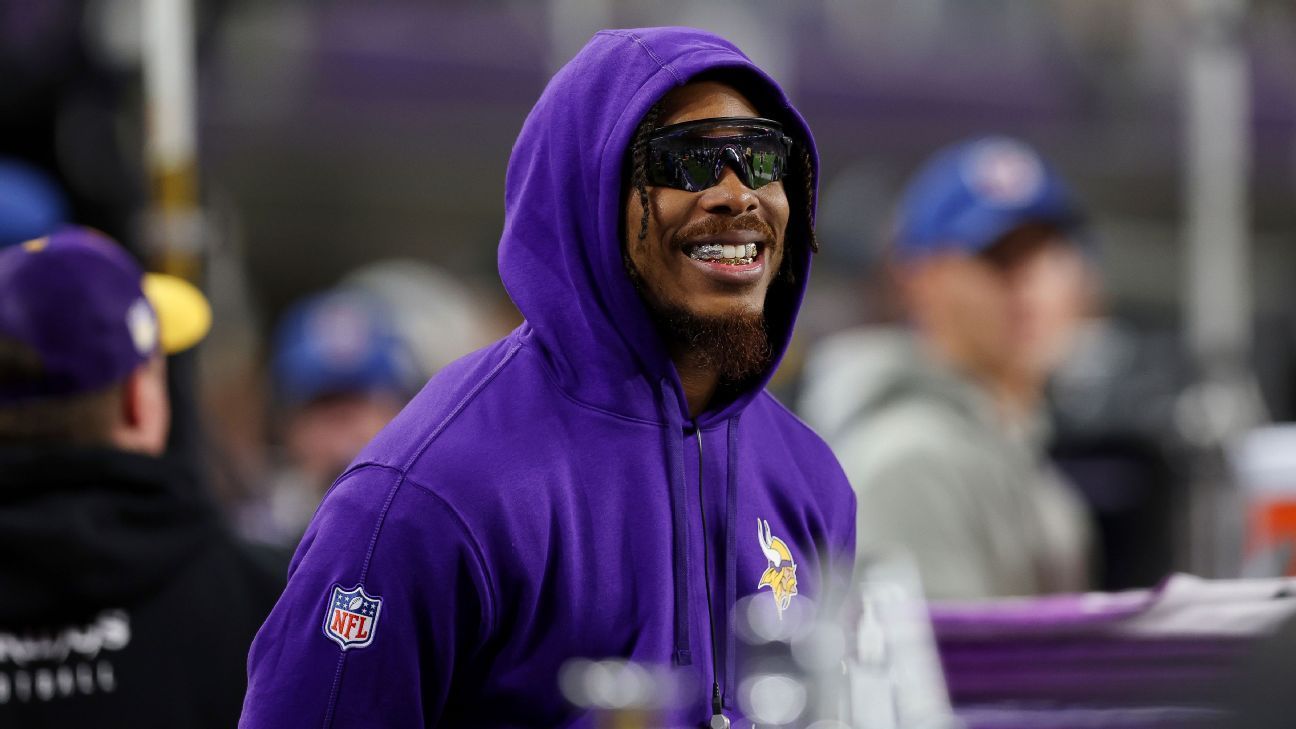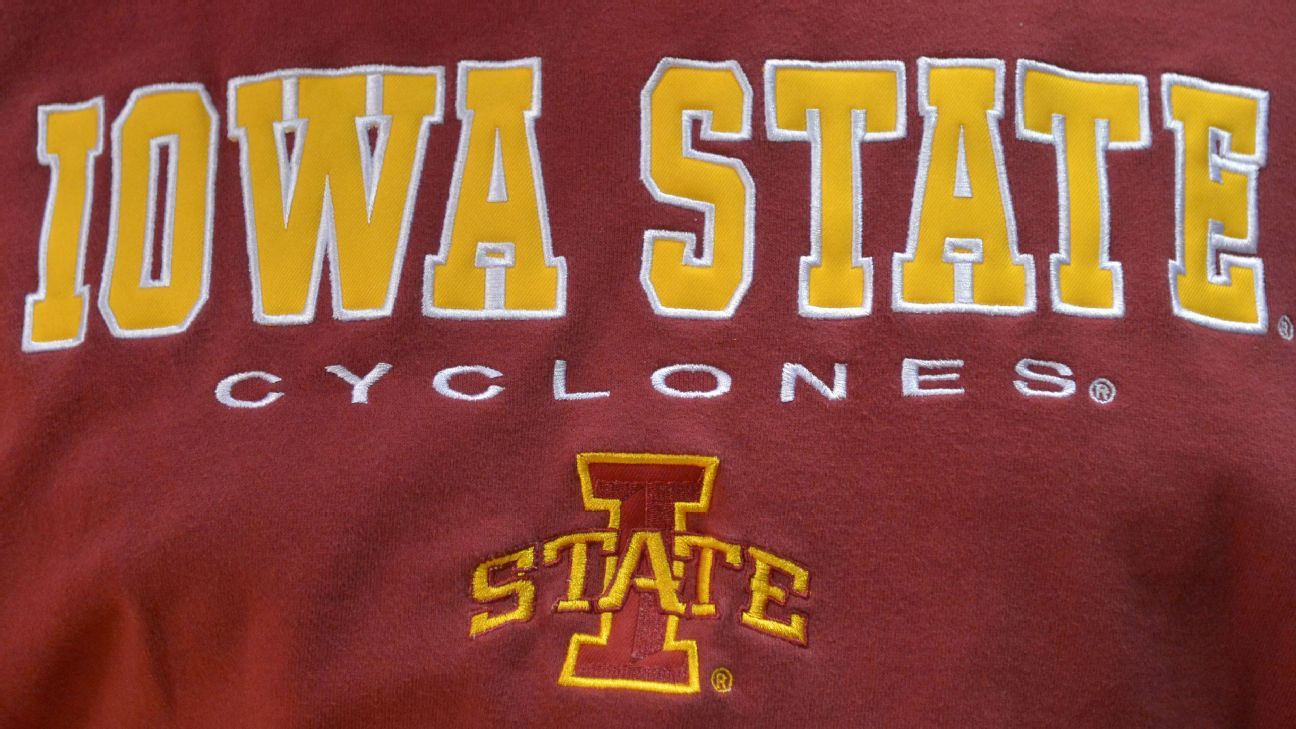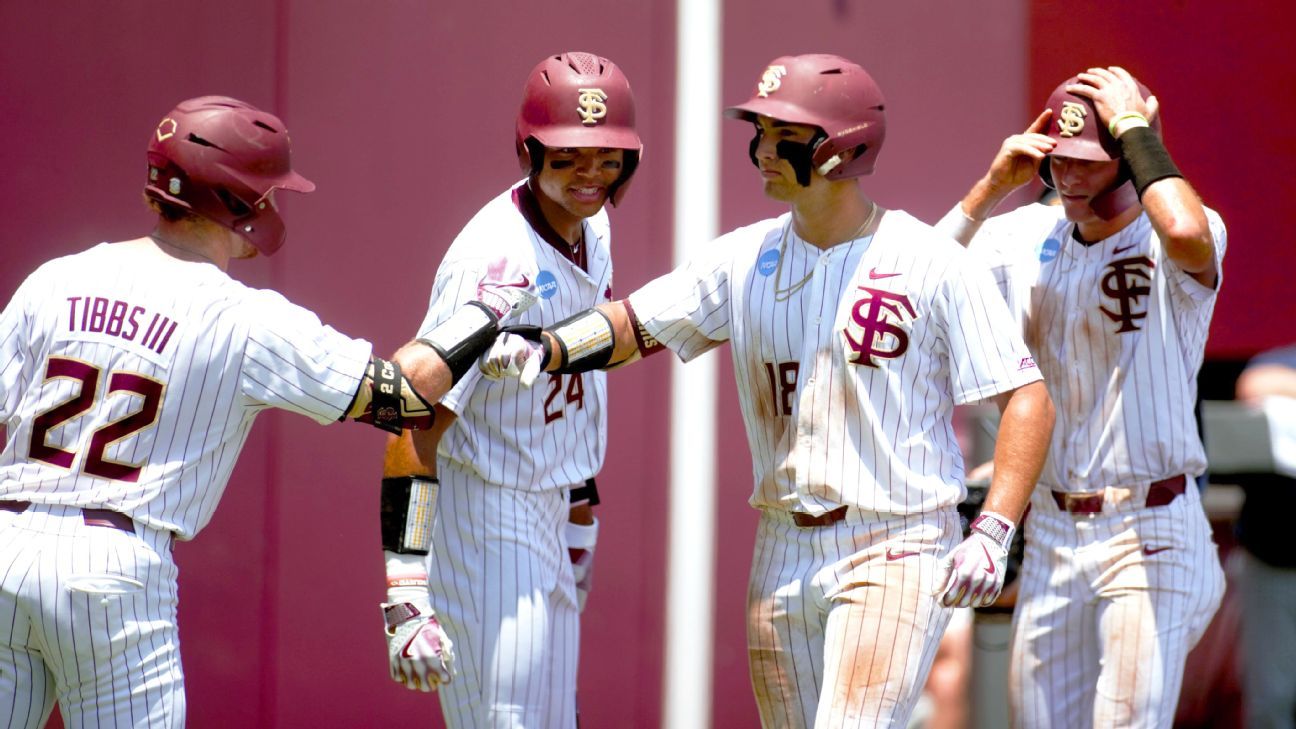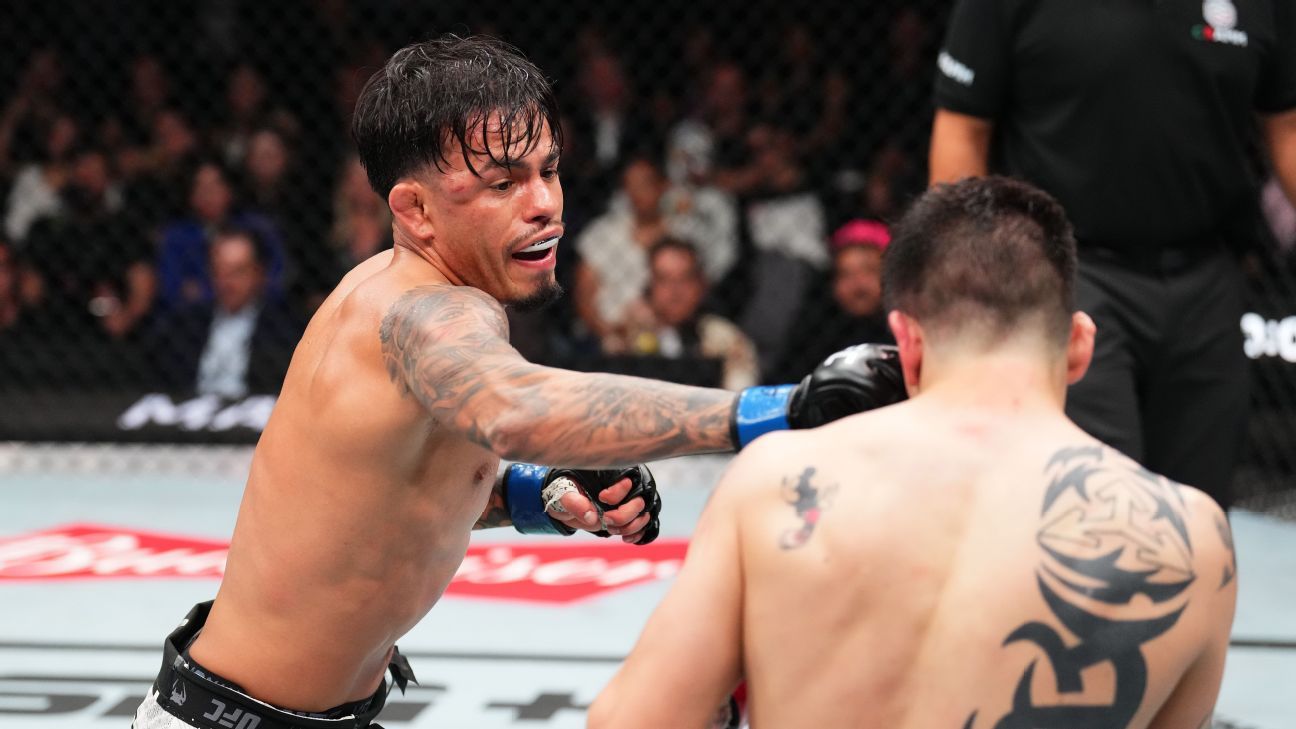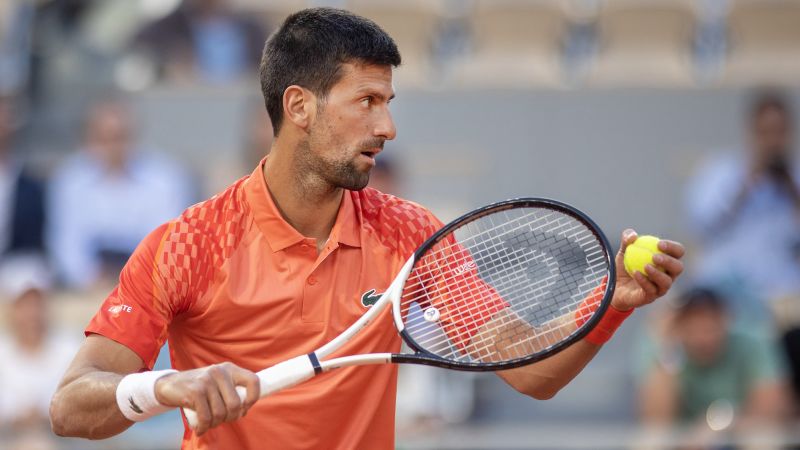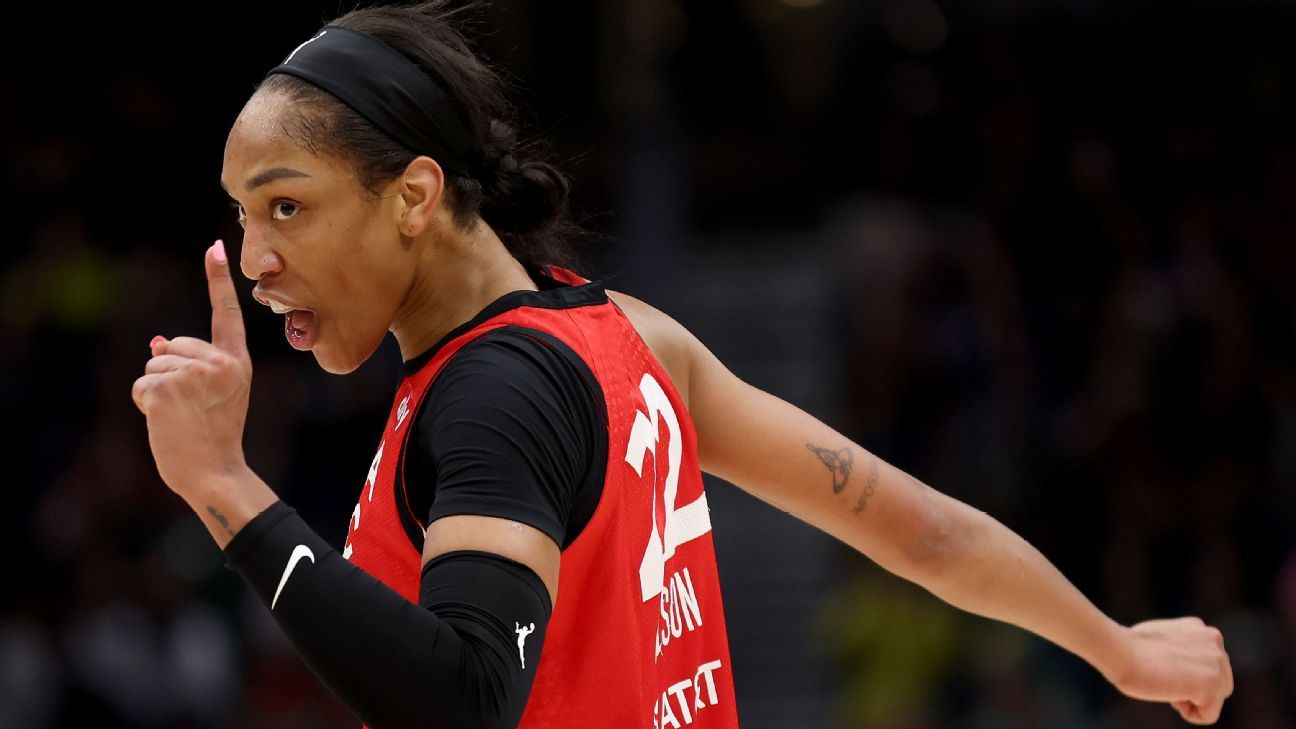At the start of the third episode of the Netflix documentary “Receiver,” Justin Jefferson is driving to the Minnesota Vikings' training facility. It's a sunny fall morning, shortly after suffering a right hamstring injury that landed him on injured reserve.
In an audio recording, reporters discuss whether Jefferson could use the injury to negotiate his contract. In the absence of a new deal, it was thought that Jefferson would be wise to sit out the team's remaining 12 games to eliminate the possibility of further injury before receiving his large paycheck.
A serious expression crossed Jefferson's face, a scowl overtaking his normally cheerful expression. The message was not subtle.
“Nobody, nobody, nobody in this game,” he said, repeating for emphasis, “can tell me not to play or ruin the season or do anything else because I'm not that kind of person. I want to play. I love football. I want to be the best. For that to happen, I have to be out there on that field. … There's no way to prolong the injury, there's no way to say, 'Oh, he's out because of the contract. ' It's none of that. At all.”
We soon learned medical details that weren’t clear to the public at the time. Jefferson had felt a pop at the time of the injury, and Tyler Williams, the Vikings’ vice president of player health and performance, called its severity “high grade.” That was likely a reference to the type of strain in which the muscle is completely torn. The typical recovery time for these types of injuries, Williams told Netflix, is eight to 10 weeks.
That information was the unseen but truthful backdrop to an unfortunate period in which some fans and media members questioned Jefferson’s commitment to returning as soon as possible. The Vikings opened their practice window 31 days after the injury, and he returned to practice on a limited basis. Without the full set of facts, it was reasonable to wonder why he didn’t return to play soon after. It was another 32 days before that happened, and in total Jefferson’s recovery was a nine-week process spanning seven games and one week off.
In reality, of course, he was moving according to a standard schedule for the injury he suffered, one designed to allow for maximum healing and minimal chance of re-injury.
Once he returned, Jefferson managed to get through 13 plays before taking a direct hit to the back from Las Vegas Raiders safety Marcus Epps. Once again, “Receiver” provides crucial and previously unknown context. Upon returning to the huddle, Jefferson was coughing strangely. He walked to the sideline, knelt down, and began spitting blood. Alarmed medical staff members asked him if perhaps he had bitten his tongue, creating a source of bleeding. He hadn’t.
The NFL required the affected body part to be announced on the injury report during the game. The Vikings said Jefferson had a chest injury. As he continued to spit up blood into the blue medical tent, a Vikings doctor came up with a more specific diagnosis. Jefferson had suffered a “pulmonary contusion” — essentially, a bruised lung.
An examination at a local hospital revealed that Jefferson had not broken any ribs or suffered a more serious injury, such as a collapsed lung. He was told the bruise itself was manageable. He practiced with what he later called an “internal hematoma” and played all but three of the Vikings' offensive snaps in their next game, six days later in Cincinnati.
The result is that Jefferson, who hadn’t missed a game due to injury since high school, suffered two serious illnesses in 2023, and the details dominated his involvement in the “Receiver” ensemble narrative. They were undoubtedly the most relevant and dramatic moments of an otherwise disappointing year, and in Episode 6, Jefferson lamented that they overshadowed a late-season stretch that pushed him over the 1,000-yard mark in his 10-game season.
But the emphasis also put to rest any doubt about the way Jefferson conducted himself, his motivation to play and the role that his contract negotiations — which had been put on hold before the season but culminated this spring in a four-year extension worth $140 million — played in determining his return.
A cynic might dismiss this as an exercise in historical revisionism, but there is no reason to doubt the details presented in the documentary. They are consistent with contemporary indications that the Vikings would likely use all available practice time to get him up and running before the deadline ran out.
The NFL has a long history of providing minimal information about player injuries due to a desire for uniformity of information among all 32 teams and for other, less noble reasons. Most teams prefer not to give their opponents information that could help them plan for an upcoming game, and in some cases there may be a fear that opponents will fixate on an injury.
On a relative scale, the Vikings were transparent about Jefferson's progress. His practice reports, which indicated his participation had been “limited” until the week he returned, were a reliable indicator.
But Jefferson heard the audience's questions, and judging by the look on his face in Episode 3, he wasn't happy about it. Let's consider the record corrected once and for all.

